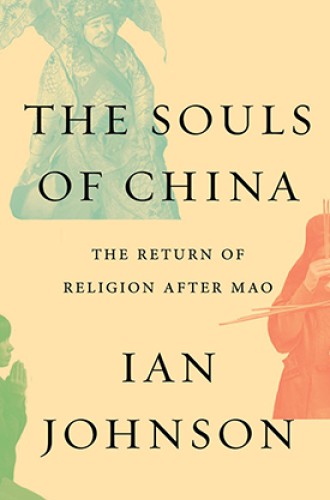The many resurrections of Chinese Christianity
For the church in China, dying and rising is not just a doctrine. It's an incontestable fact.
Some wide-ranging scholar could write a fine history of the extinctions of Christianity in China. The faith comes into the country afresh, wins widespread support, and briefly seems on the verge of achieving some kind of hegemony. But that very success provokes the government to persecute and eradicate Christianity so thoroughly that it can never rise again.
Since the seventh century, this cycle has recurred four times, with four obliterations, and each time, the faith has come back stronger than ever. We are presently in the fifth wave, as Christians enjoy astonishing success. With perhaps 80 million believers and the numbers growing, China is set to become one of the global powerhouses of Christianity. In Chinese Christian history, resurrection is not only a doctrine: it is an incontestable fact of life.
The most brutal of these cycles of persecution occurred during the hideous communist rule of Mao Zedong (1949–76), whose regime was responsible for tens of millions of fatalities. Mao not only envisaged a utopia but insisted on trying to realize his vision in his lifetime, no matter how devastating the human cost. Among other things, that meant uprooting all religion, including the missionary Christianity that had become so popular. Some religious institutions were tolerated as an interim measure, but even these pallid gestures all but vanished during the worst years. The darkest era was the Cultural Revolution of 1966–76, when the regime mobilized legions of teenage thugs to uproot every vestige of traditional culture and society.






